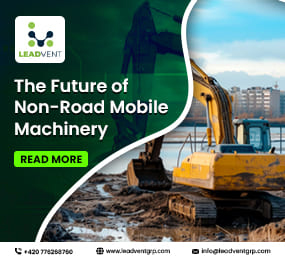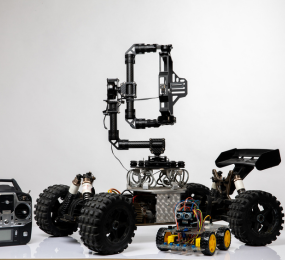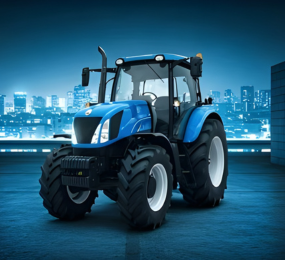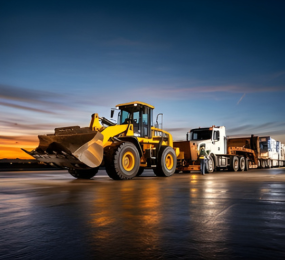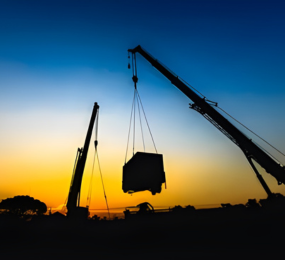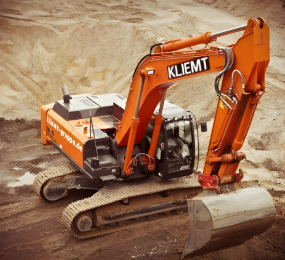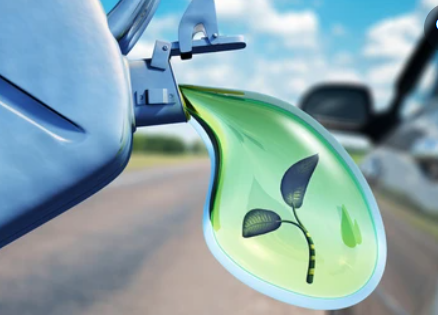Electrification and Decarbonization of Non-Road Mobile Machinery: A Quiet Revolution
While much attention is given to electric cars and public transport, a quieter but equally vital shift is happening in the world of non-road mobile machinery (NRMM)—equipment like excavators, cranes, agricultural tractors, and airport ground vehicles. These machines, often operating off the grid and under demanding conditions, have traditionally relied on diesel. Now, electrification and decarbonization are reshaping this space, bringing both challenges and meaningful opportunities.
Why It Matters
NRMM may not be part of daily commuter conversations, but its environmental impact is significant. According to the European Environment Agency, NRMM accounts for roughly 15–20% of all transport-related emissions in certain regions. These machines often run for extended hours and in concentrated areas, contributing to both carbon dioxide and particulate matter emissions. Transitioning these machines to electric or low-carbon alternatives is therefore essential to broader climate goals.
A Shift in Motion
The shift is already happening. Cities like Oslo and London have begun mandating zero-emission construction sites, and major construction firms are piloting battery-electric excavators and loaders. In agriculture, companies are rolling out electric tractors with impressive torque and extended battery life, while airports are adopting electric ground support vehicles to reduce emissions on the tarmac.
What’s driving this transformation? A mix of tightening regulations, rising fuel costs, and growing investor and public demand for sustainability. Manufacturers, in turn, are responding with new product lines that focus not just on compliance, but also on improving performance and reducing long-term operational costs.
Overcoming the Hurdles
That said, electrifying NRMM isn’t without its complications. These machines typically require high power over long periods and often operate in remote locations where charging infrastructure is scarce. Battery technology is improving, but limitations remain in terms of weight, energy density, and charging speed.
To bridge this gap, hybrid systems, hydrogen fuel cells, and modular battery packs are being explored as transitional or complementary solutions. Collaboration between manufacturers, energy providers, and policymakers will be essential to scaling these innovations effectively.
The Role of Policy and Partnerships
Governments and international bodies are beginning to recognize the importance of supporting this transition. Incentives, grants, and public-private partnerships are playing an increasing role in driving R&D and pilot projects. Standardizing charging infrastructure and creating regulatory frameworks that encourage innovation without stifling competition will be critical for continued momentum.
Takeaway
The electrification and decarbonization of non-road mobile machinery may not make headlines, but it represents a key lever in the fight against climate change. As technology advances and policies align, NRMM is poised to play a pivotal role in achieving a low-carbon, sustainable future—quietly but powerfully reshaping the industries that rely on it.
Learn more on our website: https://www.leadventgrp.com/events/2nd-annual-non-road-mobile-machinery-electrification-and-decarbonization-forum/details
For more information and group participation, contact us: [email protected] .
Leadvent Group - Industry Leading Events for Business Leaders!
www.leadventgrp.com | [email protected]



